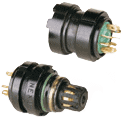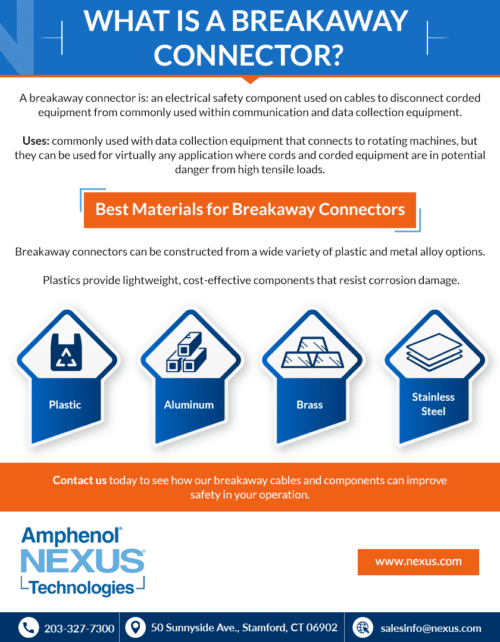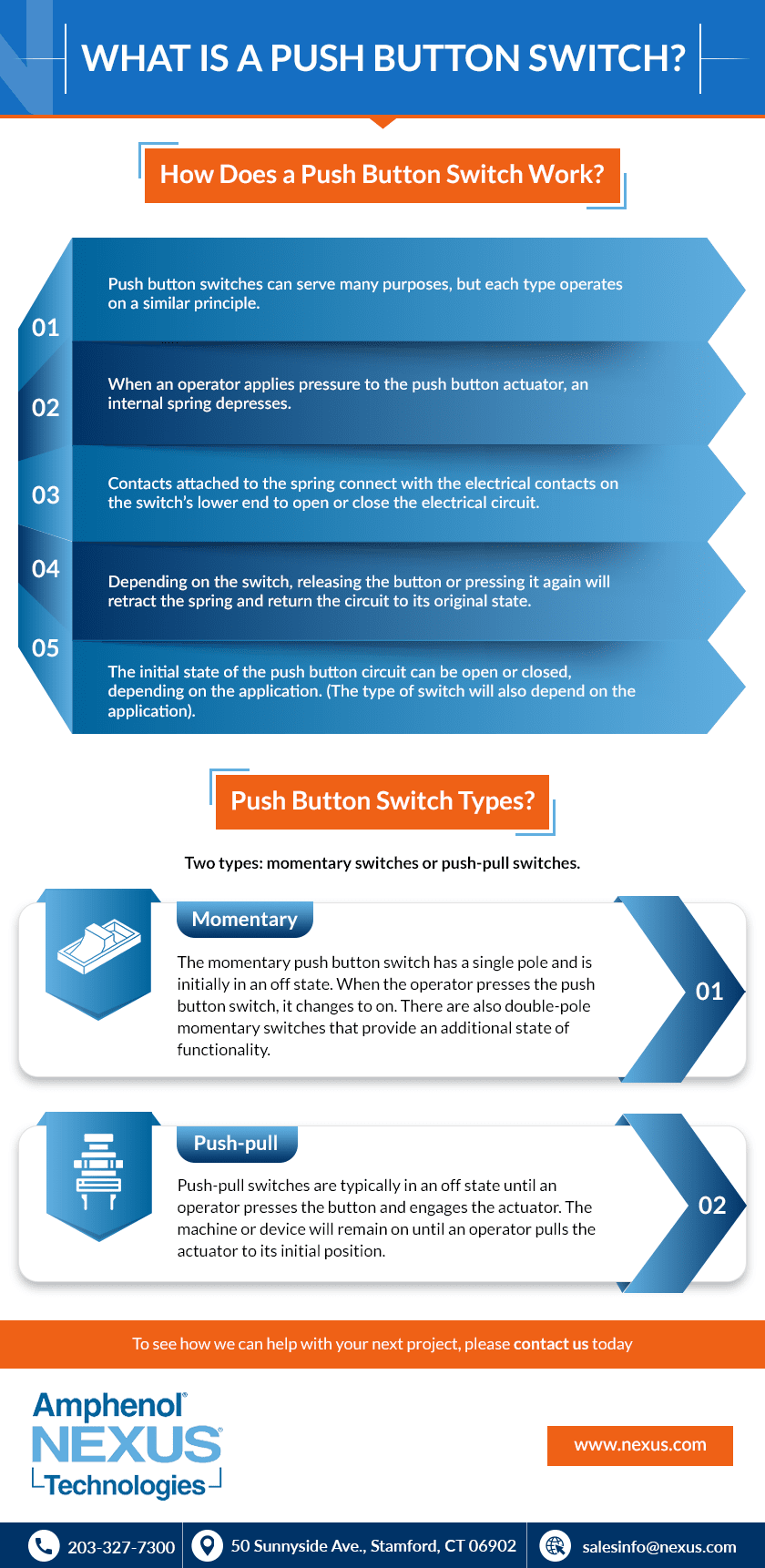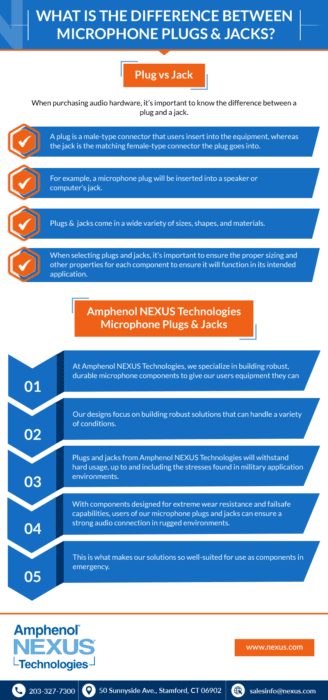How to Select a Switch for Military Applications
Leave a CommentHow to Select a Switch for Military Applications
The military industry relies on push-button switches for a variety of mission-critical applications, including naval systems, aircraft, ground vehicles, avionics, command systems, and more. Not only do these switches have ergonomic and technical specifications to ensure reliability and high performance, but they must also meet strict military standards. To help you determine the right switch for your military application, this blog will go over the various standards they must meet.
What Does MIL-SPEC or MIL-STD Mean?
MIL-SPEC or MIL-STD is a military and defense manufacturing standardization set forth by the U.S. Department of Defense for any product used in military applications. More specifically, these specifications define the physical characterizations of products as well as the processes and materials used to create them. For example:
- MIL-STD-1472 outlines product design rules
- MIL-STD-810 and 202 define environmental test conditions
- MIL-STD-461 specifies EMC test conditions
The MIL-SPEC or MIL-STD standardization ensures products made for military applications adhere to a required manufacturing and certification process. Meeting these criteria not only results in better performance and durability but also creates a stronger guarantee of safety and reliability.
Which Standards Apply to Military Switches?
In addition to those mentioned above, there are several other standards that military switches must adhere to, each of which precisely outlines manufacturing guidelines for qualification tests, product specifications, marking, and more. Three MIL standards that are specifically dedicated to military switches include:
- MIL-STD-3950: Defines the requirements for environmentally sealed toggle switches
- MIL-STD-83731: Outlines the general specifications for sealed and unsealed toggle switches
- MIL-S-8805/3: Defines the requirements for sealed snap action sensitive push-button switches
In addition to MIL standards, there are other standards and certifications that apply to military switches, including:
- QPL (Qualified Part List) listed. If a military switch is QPL listed, it means it has been qualified and validated by the Defense Logistics Agency (DLA), a U.S. government agency of the Department of Defense.
- CECC 96000. This is a European quality standard that specifies testing rules for military switches. More specifically, CECC 96201-008, 96201-005, and 96401-001 outline the tests required by the military industry.
How to Select Your Mil-Spec Push-Button Switch
When choosing the best push-button switch for your military application, it is important to partner with a manufacturer of MIL and CECC qualified products. By working with a manufacturer that is well-versed in military specifications, standards, and constraints, you’ll gain access to:
- Products that meet military specifications. Depending on your specific application, you may need switches that fit certain criteria. A provider of military-compliant switches can help you find a switch that meets your needs for electromagnetic immunity, extreme temperature resistance, shock and vibration resistance, sealing (rated to IP67 or IP68), and more.
- Quality assurance. Manufacturers of MIL-SPEC push-button switches must maintain a strict quality management system to ensure performance and safety.
- Products that are 100% tested. Military-compliant switches undergo rigorous testing to ensure they meet requirements for ergonomics, performance, and reliability.
MIL-SPEC Push-Button Switches From Amphenol Nexus Technologies
Military equipment relies on rugged, reliable switches to ensure the success of missions. When choosing a switch for military applications, it is important to consider the environment in which the switch will be used as well as the application’s specific requirements. Various switches are available to meet the needs of military applications, so it is important to work with a qualified supplier to find the best solution for your needs.
At Amphenol Nexus Technologies, we offer a wide variety of MIL-SPEC push-button switches designed to meet demanding military requirements. To learn more about our products, or for help determining the best switch for your application, contact us or request a quote today.







